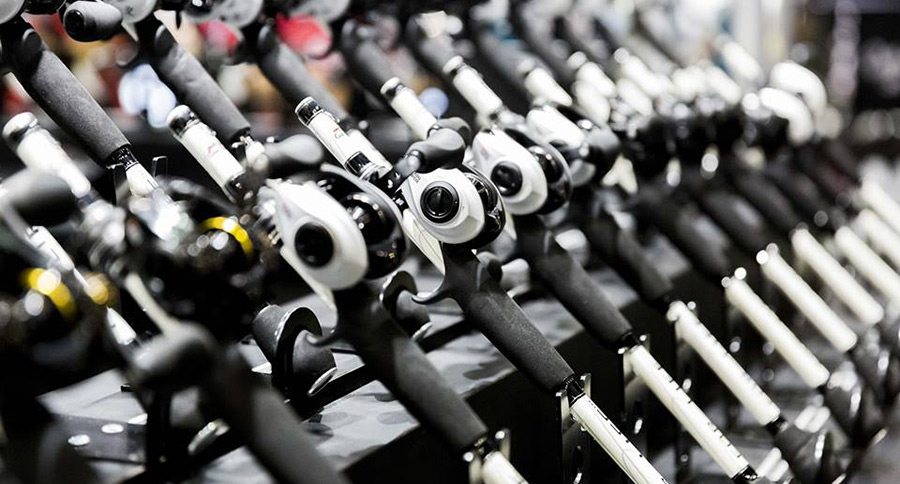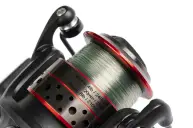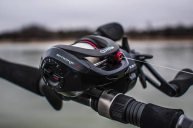Take these pointers to heart: Here's how to set up a baitcast reel.
There's no need to be intimidated or shy away from baitcast reels, especially well-made ones that can make a big difference in your catch rate.
For the purposes of this post, we're going to focus on some setting up your basic baitcast reel. Really though, the same rules will apply across the board, and you can remember these few steps to ensure you're heading in the right direction.
Line up
Choosing line is the first big decision after you've got your hands on a baitcast reel, and if you're not used to using one, you should go for monofilament. It's more forgiving, and less likely to cause damage to itself if a backlash occurs.
Stop just short of the edge of the spool lip to leave yourself some wiggle room.
Get tense
Setting the spool tension, using the knob on the side of the baitcast reel, is key to a good success rate when casting and reeling in. Once you've spooled your line, sent it through the guides, and prepared any leader you're wanting to use, tie on your lure.
Hold the rod tip up and release by depressing the thumb button while holding your thumb on the spool of line itself.
Slowly release the spool with your thumb, while simultaneously loosening the spool tension knob with your other hand. The lure should fall slowly and not collect slack line once it hits the ground.
It takes several tries at first and some getting used to, but you'll get the hang of it.
Don't be a drag
Setting the drag is inherently easy with a baitcast reel, and is usually done with the star-shaped dial wrapped around the base of the reel handle, in close to the reel body.
Turning the dial forward will tighten the drag, and back towards yourself will loosen it.
The general rule of thumb says you should be able to give the line a good tug with your hand and pull some off the spool. You don't want to miss out on the hookset with a loose drag, but some give is important, and the exact amounts can be dependent on your lure of choice.
Fine tuning
Now that the main things are out of the way, adjusting the brakes is the next piece of the puzzle. Various styles use different mechanisms, but you'll generally want to start with more brakes on than not.
Releasing brakes is something you can build up to as you become more proficient with casting.
Give it a toss
Now's the final test: Cast it, nice and easy, without worrying one bit about distance.
Seriously, you'll probably be a little disappointed in your initial distance covered with a baitcast reel. Don't let it discourage you. It's something you'll gain, literally, the more you do it.
NEXT: HERE'S HOW ABU GARCIA'S REVO TECHNOLOGY GIVES YOU THE WINNING EDGE




